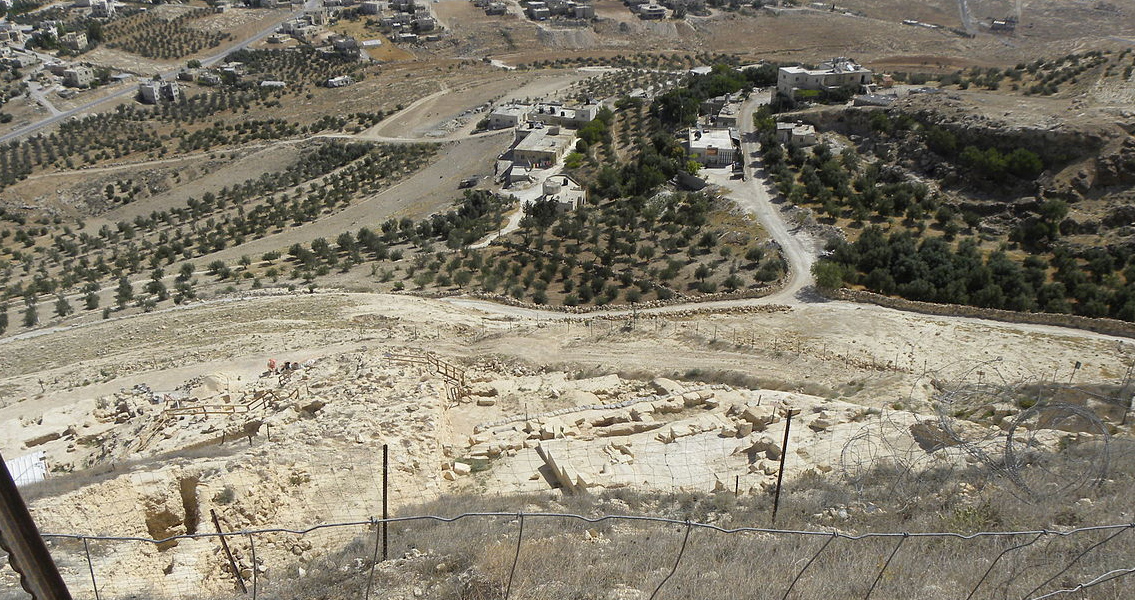<![CDATA[A massive entranceway has been revealed at King Herod's palace. Archaeologists from The Hebrew University of Jerusalem have been excavating the Herodian Hilltop Palace over the past year. This entranceway is one of the most impressive features found at the site so far. King Herod ruled Judea from 37 BCE until his death in 4 BCE. Herod is one of the most important characters in Jewish history and remains a significant figure for understanding the period of Roman domination over Jewish peoples. Herod undertook a series of mammoth building projects using the wealth he had accrued through profitable trade and heavy taxation. He built some of the most striking complexes of his age. Ken Spiro, senior lecturer at Aish Jerusalem, has described Herod as "one of the greatest builders of all human history." One of the most startling features of the entryway is a corridor with complex systems of arches spanning its width on three separate levels. The arches act as buttresses for the corridor's vast side walls; these would have allowed the King and his entourage direct access to the Palace Courtyard. The sturdy supporting arches have preserved a substantial section of the arched corridor; 20 metres in length and 6 metres wide, the magnificent structure still stands at a height of 20 metres. Archaeologists Roi Porat, Yakov Kalman and Rachel Chachy suggest that the corridor was part of a larger plan. King Herod had intended to turn the city of Herodium into a gargantuan artificial hill. The resulting hilltop palace would have been an impressive monument to the architect king. Somewhat surprisingly, the grand arched entryway was never used. Archaeologists discovered that, prior to its completion, the magnificent entrance had become redundant. The corridor was, in fact, back filled during the construction of the artificial hill. An upper section of a spectacular stairway connecting the hill's base to its peak appears to have taken priority, and been built over the entryway. Not only was the arched corridor covered in the course of the construction of the hill-monument, other earlier structures built on the hill's slopes were also enclosed. This remarkable occurrence appears to have taken place when Herod, aware of his advancing years and increasingly ill health, decided to convert the hilltop complex into a massive royal mausoleum. Evidence to support this theory comes from the fact that the only building not covered over was the mausoleum-style structure, Herod's burial place. Together with the manmade hill, a monumental piece of earthwork, Herodium is a unique Herodian royal burial complex. The unique complex is being excavated by The Herodium Expedition in Memory of Ehud Netzer. Netzer was a world-renowned professor at the Hebrew University who discovered the tomb of Herod the Great in 2007. He died in 2010, aged 76, after being injured in a fall at the Herodium site. In Netzer's memory, the site will hopefully be opened to the public to increase the understanding of the remarkable builder-King. According to Shaul Goldstein, Director of Israel's Nature and Parks Authority, excavation of the arched corridor will allow visitors to enter the Herodium hilltop palace in the same way Herod envisaged it 2,000 years ago. Image courtesy of Wikimedia commons user Ian Scott]]>
Magnificent Entryway to King Herod's Palace Revealed
